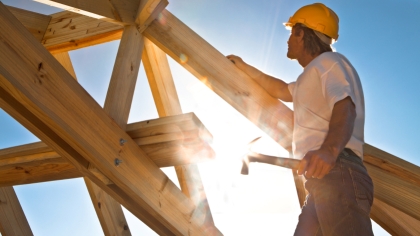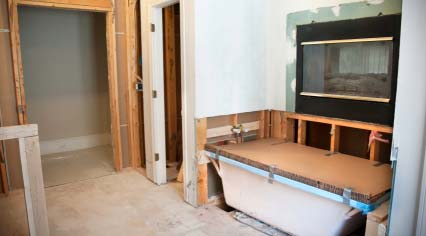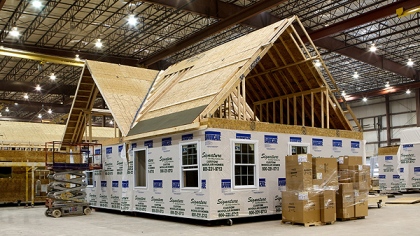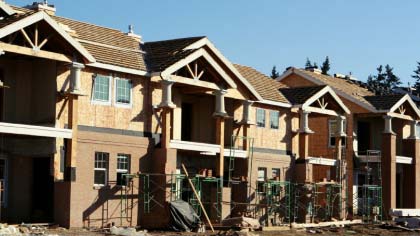Construction Loan Center
Why is Approval for Construction Loans Hard
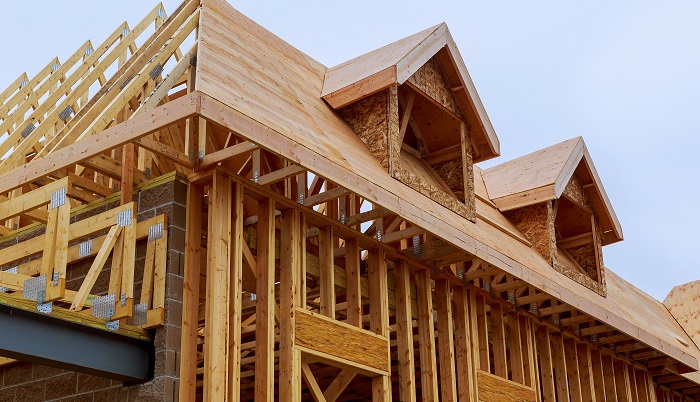
If you are looking for a loan to help you finance the construction of a home, then the first thing you need to know is that home construction loans are typically harder to get than a regular mortgage. Because these loans are inherently riskier, there are fewer lenders willing to offer them, and the lenders that do have stricter requirements for approval. While this may make it harder for borrowers to get this kind of financing, the fact that the bar is being set very high is a good thing- both for lenders and borrowers.
How Do Construction Loans Work and Why Are They Risky?
Construction loans are a short-term financing solution for consumers who want to build their own home. These loans typically have terms of up to one year and come with variable interest rates which are generally higher than those of a standard mortgage loan.
After being approved for financing, borrowers receive a bank-draft schedule that releases funds to the builder as the project meets certain milestones. Throughout the construction phase, borrowers generally make interest-only payments. When the construction is complete, the borrower then rolls over the balance into a standard mortgage loan.
Some borrowers also have the option of getting a construction to permanent loan. These products are basically two loans rolled into one: a construction loan and a mortgage. In this case, when the construction phase is complete, the lender automatically converts the balance of the loan into a standard mortgage.
There are several reasons why construction loans are inherently risky to both lenders and borrowers. Most importantly, unless borrowers own another property, they do not yet have a physical home that can be used as collateral during the construction phase. This means if circumstances change for the worse, whether for the borrower or with the construction process itself, and the loan cannot be repaid in full, then the lender does not have a built property it can use to recover some of its losses. The borrower also has no equity to tap into in order to cover the shortfall.
Calculating the loan amount
Loan amount calculation for a construction to permanent loan is a good deal more complex than a standard home mortgage. While there is no standard method the construction loan calculator here will help to understand how lenders take care of items such as interest reserve, soft and hard costs and contingency reserve.
Consider the following, common scenarios:
- A borrower has an unexpected financial emergency, such as medical issues or the loss of a job that severely impacts the individual's creditworthiness or income. This could make getting a mortgage at the end of the construction phase extremely difficult if not impossible.
- A home is built using a construction loan, but the property ends up being worth less than the total construction cost. This can easily happen for a couple of reasons: there is a big, unexpected change in the local housing market, or the builder does a poor job and/or uses inferior building materials.
- There are huge cost-overruns and delays in the construction process. While all construction projects will hit a snag here and there and should be budgeted as such, sometimes unexpected factors can come up. Some common examples include problems with subcontractors or equipment, the problems with the delivery and quality of building material, the quality and state of the ground on which the home is being built, and even that the borrowers change their minds about what they want built.
The Strict Construction Loan Requirements Offer Protection
While most borrowers wouldn't exactly be feeling a sense of comfort when faced with the long list of requirements, they need to fulfill in order to get a construction loan, the truth is they should. To see why, here is a rundown of the main things that most construction loan lenders will ask borrowers to provide:
- Construction Specifications. Lenders will want a borrower to provide floor plans, information on the materials being used, and a list of all the contractors and subcontractors that will be working on the project.
- A Professional Appraisal. The project's specifications must be evaluated by an outside appraiser.
- A Qualified General Contractor. This person is typically a licensed builder with a good and established reputation.
- A Detailed Construction Timetable. This timetable will include major project milestones that will help the lender to decide on the bank-draft schedule.
- A Budget of Estimated Construction Costs. This will be a breakdown of costs associated with the construction including materials, equipment expenses, and the cost of labor.
- A Stable Income, Good Credit, and a Solid Banking History. This helps lenders to verify that the borrower has the means to repay the loan.
Now, it is easier to see why such strict requirements are a good thing, not just for the lender, but for the borrower, too. From the lender's perspective, they are considering as many factors as they can to help ensure that they don't lose their investment.
The same is true for the borrower. Building a new home is a complex process that relies heavily on the skill and expertise of the professionals hired to do the job, and as mentioned above, there is a very real risk that not all will go according to plan. Circumstances can and often do unexpectedly change along the way. The strict requirements that come with a home construction loan force borrowers to seriously consider the whole process and ensure that they do not enter such an agreement unless they have done their due diligence and truly have the means to repay the debt.

